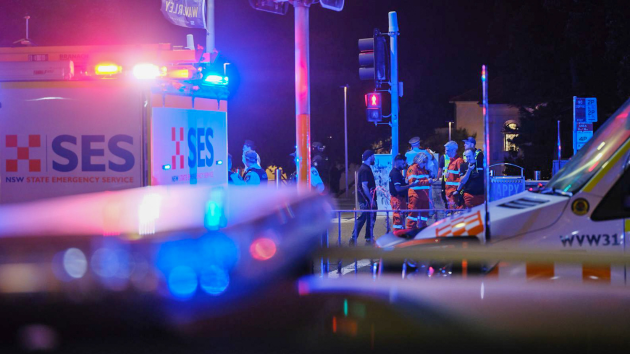Seabird populations at risk amid increased hurricanes and extreme weather: Study
Written by ABC Audio All Rights Reserved on June 6, 2024

(AUSTRALIA) — Several seabird populations have an increasingly dangerous predator as the effects of climate change worsen: Hurricanes.
As the frequency and intensity of hurricanes — referred to as tropical cyclones internationally — increase, seabird species’ ecosystem and community recovery become strained, researchers warn.
In a study published Thursday in Nature, researchers examined the aftermath of seabird populations following Cyclone Ilsa, which impacted Bedout Island in Western Australia in April 2023.
The category 5 tropical cyclone killed approximately 80% to 90% of seabirds — at least 20,000 individual birds — that were breeding and nesting on the island, according to the study.
A tropical cyclone, or hurricane, is a rotating, organized system of clouds and thunderstorms that originates over tropical or subtropical waters and has a closed low-level circulation, according to the National Oceanic and Atmospheric Administration (NOAA).
“Cyclone frequency and intensity are going to continue to increase, due to climate change, and it is unclear whether wildlife populations can sustain this level of mortality,” Dr. Jennifer Lavers, lead researcher behind the study told ABC News, adding, “Many species are already in decline or facing multiple, cumulative pressures.”
From April through July 2023, researchers used aerial and ground surveys of the island to estimate the percentage of three seabird species that were killed in the cyclone: The brown booby (Sula leucogaster), the lesser frigatebird (Fregata ariel) and an endemic subspecies of the masked booby (Sula dactylatra bedouti).
Researchers found that tropical cyclones directly affect seabirds in several ways, including causing “significant mortality events, disrupting their nesting and breeding patterns and altering migration strategies,” according to the study.
While tropical cyclones negatively impact a variety of species and humans in the area they devastate, Lavers said there is significant worry about seabird populations reaching a threshold to which they can’t recover.
“The frequency and intensity of such storms is likely approaching a threshold beyond which Bedout’s seabirds cannot readily recover, with cyclones hitting the island, on average, every seven years in recent decades,” Lavers said.
Over the last 15 years, there have been three major tropical cyclones to hit the island, Cyclone George in 2007, Cyclone Stan in 2016 and Cyclone Ilsa in 2023.
Lavers explained that seabirds are “ecosystem engineers” and warned that the “removal of seabirds can lead to significant changes in island habitats and species complexes.”
“Seabirds are integral to the health of islands and surrounding reef ecosystems,” Lavers added.
Copyright © 2024, ABC Audio. All rights reserved.

 KVSP
KVSP 





